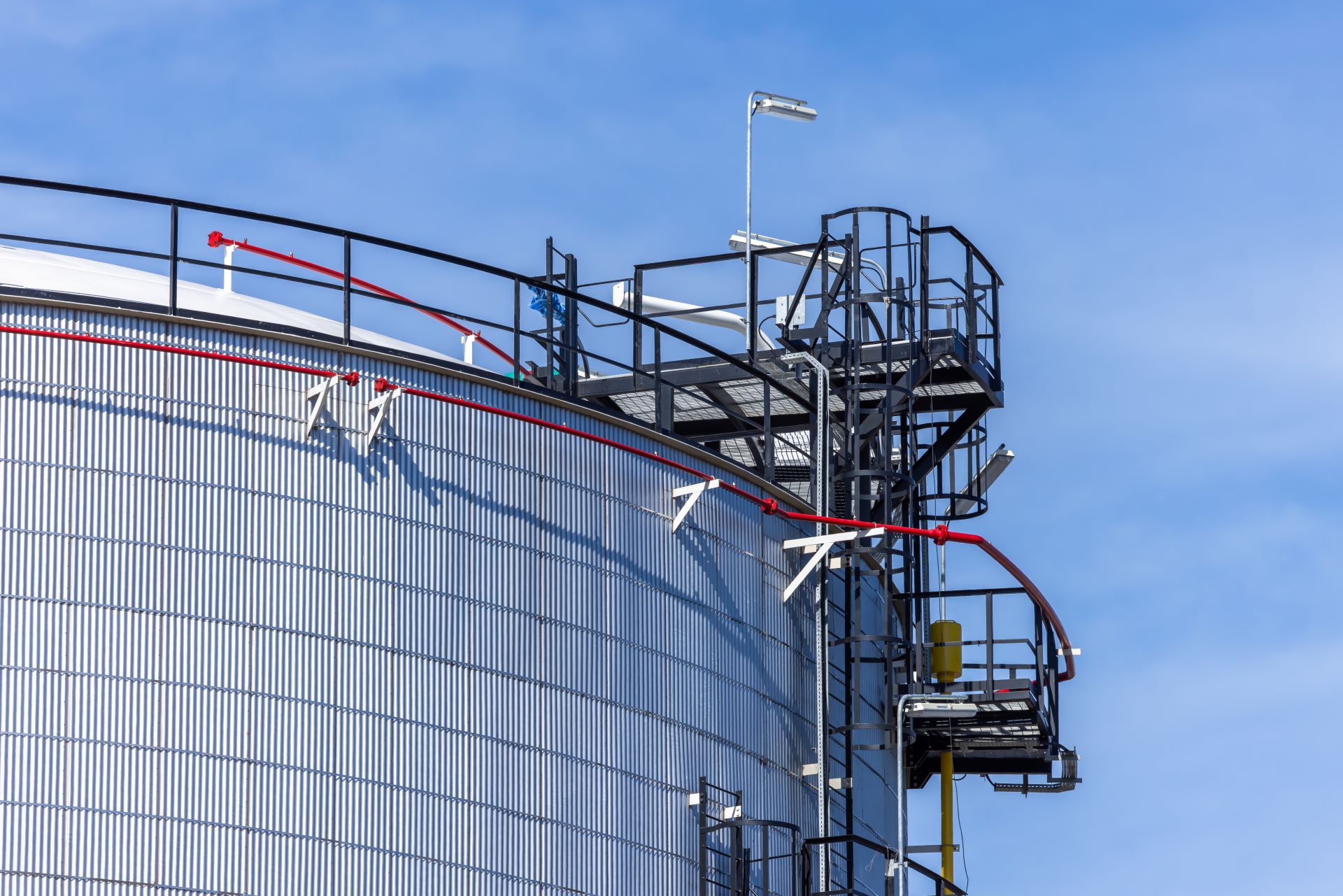
Above-ground storage tanks constitute a crucial part of the industrial infrastructure, housing everything from water and crude oil to chemicals and valuable resources that power industries worldwide. While these tanks are indispensable for everyday operations, they can also be vulnerable to various risks, one of which is lightning strikes. With thousands of storage tanks being struck by lightning each year, the potential hazard cannot be ignored. In fact, lightning strikes are the leading cause of tank fires, posing a considerable threat to your facility’s safety and performance.
To mitigate this risk, implementing a comprehensive lightning protection system for your above-ground storage tanks is imperative. A robust lightning protection strategy safeguards your tanks from potential fires, explosions, and other associated hazards, ultimately ensuring the safety of your workers, facility, and valuable resources.
In this in-depth guide, we will delve into the essential components of an effective lightning protection system for storage tanks, examining how such systems function and sharing expert insights into best practices for design and implementation. Through understanding the significance of lightning protection and the steps necessary to create a secure and reliable system, you will be well-prepared to fortify your facility and protect your above-ground storage tanks from the perils of lightning strikes.
Understanding the Threat of Lightning Strikes to Storage Tanks
Storage tanks are especially susceptible to lightning strikes due to their metallic structure and large surface area, which can act as an attractive target for lightning. When a tank is struck, the stored materials inside can quickly ignite, leading to devastating fires, explosions, and even the release of toxic substances into the environment. The associated risks not only pose a threat to onsite workers and nearby inhabitants but can also inflict significant financial and reputational damage to the facility.
Essential Components of an Effective Lightning Protection System
A comprehensive lightning protection system consists of several core elements, each designed to work in unison to safeguard your storage tanks from lightning risks. These components include:
1. Air Termination System: Also known as lightning rods, air terminals are designed to intercept lightning strikes, providing a direct, low-resistance path for lightning energy to travel to the ground. By attracting and capturing lightning, air terminals prevent it from directly impacting your storage tanks, thereby mitigating the risk of ignition.
2. Down Conductors: Down conductors serve as a pathway for lightning energy to be safely directed from air terminals to the ground. Typically made from copper or aluminium, these conductors should be strategically placed around the storage tanks, creating an interconnected network to efficiently dissipate lightning energy.
3. Grounding System: A robust grounding system is crucial for the safe dissipation of lightning energy, as it enables the electrical charge to be dispersed into the earth. Grounding systems consist of grounding electrodes, which are buried in the soil, and grounding conductors that connect the electrodes to the down conductors. Properly designed and installed grounding systems ensure energy transfer is carried out safely, further protecting your tanks and facilities.
4. Bonding: Bonding refers to the practice of electrically interconnecting all metal components within the lightning protection system, ensuring an equal potential voltage distribution. Bonding prevents side flashes and current jumping between metal components, thus creating a cohesive and reliable protection system.
Implementing Best Practices for Design and Installation
To ensure maximum efficiency and reliability of your lightning protection system, it is crucial to adhere to best practices during the design and installation stages. Some key recommendations include:
1. Adherence to Standards: Consult industry standards such as NFPA 780, API 545, and IEC 62305, which provide detailed guidelines on proper lightning protection system design, installation, and maintenance for storage tanks.
2. Risk Assessment: Conduct a thorough risk assessment of your facility, taking into account factors such as tank size, stored materials, location, and local meteorological data. This assessment will enable you to develop a tailored lightning protection strategy that effectively addresses the specific risks your tanks may face.
3. Expert Consultation: Seek advice and input from experienced professionals who specialise in lightning protection system design and installation. Their knowledge and expertise will ensure that your system adheres to best practices and is optimally configured to safeguard your tanks.
Routine Maintenance and Inspections for Continued Safety
Implementing a lightning protection system is just the first step towards ensuring the safety and performance of your storage tanks. To guarantee continued effectiveness, the system should be regularly inspected and maintained. Conduct routine visual inspections to search for damage, corrosion, or loose connections. Additionally, periodic tests should be performed to assess factors such as grounding system resistance and conductor integrity. By scheduling regular maintenance and inspections, you can preserve the functionality of your lightning protection system and maintain the safety of your storage tanks over time.
Conclusion:
In the face of the ever-present risk of lightning strikes, equipping your above-ground storage tanks with a robust lightning protection system is crucial to safeguarding your facility, workers, and valuable assets. By understanding the essential components and best practices involved in the design and installation of lightning protection systems, you are well-poised to ensure the ongoing safety and performance of your storage tanks.
If you’re looking to bolster the safety and security of your above-ground storage tanks with a comprehensive lightning protection system, our team of experts stands ready to assist. With extensive experience and in-depth knowledge of tank lightning protection, we can help you implement best-in-class solutions tailored to your facility’s unique needs. Contact us today to discuss your requirements for storage tank maintenance and explore how our expertise in lightning protection can elevate the safety standards for your storage tanks.
- How to Fix Common Tank Problems Efficiently - March 30, 2025
- Understanding the Benefits of Concrete Tank Liners - March 30, 2025
- Why Tank Cleaning Services Are Essential for Longevity - March 30, 2025





